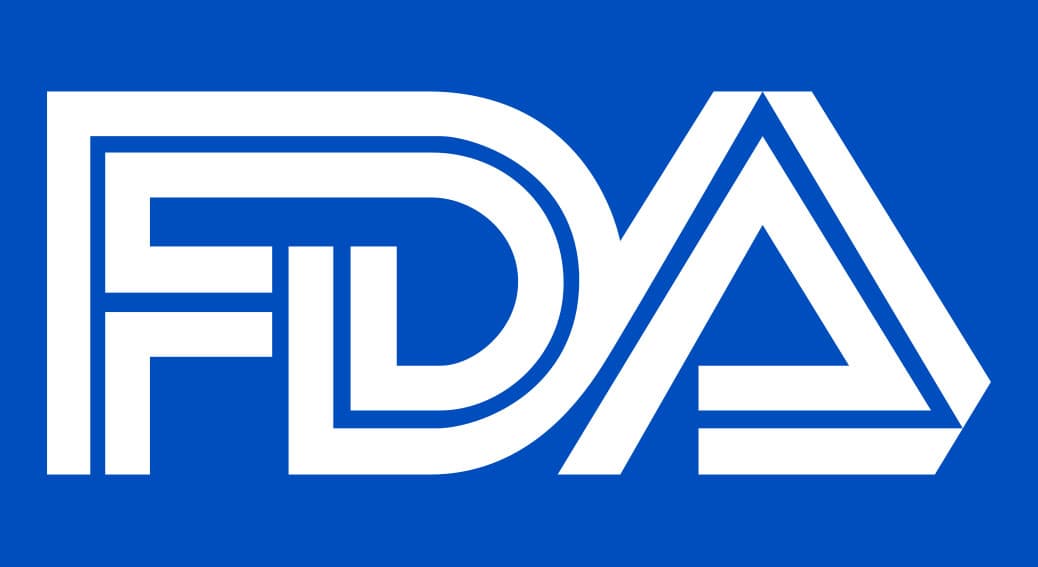The new article elaborates further on the submission of use-related risk analyses, and also provides certain examples intended to demonstrate the way the regulatory approach described in the guidance should be applied.

Table of content
The Food and Drug Administration (FDA or the Agency), the US regulating authority in the sphere of healthcare products, has published a draft guidance document dedicated to the purpose and content of use-related risk analyses for drugs, biological products, and combination products. Once finalized, the document will provide an overview of the applicable regulatory requirements, as well as additional clarifications and recommendations to be taken into consideration by manufacturers and other parties involved in order to ensure compliance.
At the same time, it is important to mention that provisions of the guidance documents issued by the FDA are non-binding in their legal nature, nor are they intended to introduce new rules or impose new obligations. Furthermore, the authority explicitly states that an alternative approach could be applied, provided such an approach is in line with the respective regulations and has been agreed with the authority in advance.
URRA Submission Basics
According to the guidance, the submission of a Use-Related Risk Analysis (URRA) plays a critical role in the FDA’s determination of human factors (HF) data needs for individual marketing applications. Sponsors can submit a URRA along with other supporting information, such as comparative analyses, to argue that HF validation study results do not need to be included in the marketing application.
Alternatively, the URRA can be used to support the design of an HF validation study protocol.

Justifying the Exclusion of HF Validation Study Results
As explained by the FDA, sponsors may use the URRA, in conjunction with comparative analyses, to justify why HF validation study results should not be required in a marketing application. Comparative analyses may involve comparing the labeling, tasks, and physical characteristics of the proposed product with similar or previously approved products.
This comparison helps identify differences in the user interfaces and assess whether these differences might introduce new or greater risks. When using information from another development program, sponsors must own the information or have a right of reference.
The decision to omit HF validation study results from the application should consider factors such as the intended users, uses, product characteristics, dosing requirements, user familiarity, and the potential clinical impact of use errors. If the comparative analyses suggest that the differences do not justify submitting HF validation study results, the sponsor can submit the URRA along with these analyses and a justification to the FDA.
The appropriateness of the comparator product used in the analysis is crucial, and sponsors are advised to consult with the relevant FDA review division to ensure the comparator is suitable.
Developing an HF Validation Study Protocol
If the URRA identifies significant risks that warrant HF validation, the sponsor can use the URRA to guide the development of an HF validation study protocol. This protocol should evaluate the effectiveness of risk control strategies, especially those related to critical tasks and labeling.
The connection between the tasks and risk controls in the URRA, the product’s labels, and the HF validation study protocol is vital. For example, critical tasks that rely on labeling as a risk control should be thoroughly evaluated in the HF validation study.
Examples of URRA Submission and HF Validation Study Needs
The guidance also provides examples illustrating how a URRA and supporting information can be used to determine the need for HF validation study results in a marketing application:
- Prefilled Syringe for Health Care Professionals: A sponsor developed a drug-device combination product with a prefilled syringe for use by healthcare professionals. The URRA indicated that the device’s design was familiar to the intended users, and the sponsor justified that HF validation study results were unnecessary due to the professionals’ experience and the straightforward use of the product. The FDA concurred that no HF validation study results needed to be submitted.
- Emergency Use Auto-Injector for Lay Users: A sponsor developed an auto-injector for emergency use by lay users. The URRA identified significant risks due to the lack of user familiarity and the stressful use environment. The sponsor decided to submit an HF validation study protocol to ensure these risks were adequately managed. The FDA agreed that HF validation study results should be submitted.
- Auto-Injector for Lay Users with Comparative Analyses: Another sponsor developed an auto-injector for non-emergent use by lay users. The URRA indicated some risks, but comparative analyses with a similar approved product suggested that these risks did not justify submitting HF validation study results. The FDA agreed that the URRA and comparative analyses were sufficient, and HF validation study results were not required.
- Drug Product with Complicated Dosing: A sponsor developed a drug product with a complicated dosing regimen and designed special packaging to ensure correct usage. The URRA identified significant risks if the dosing schedule was not followed. The sponsor submitted an HF validation study protocol, and the FDA agreed that HF validation study results should be included in the marketing application.
Conclusion
In summary, submitting a URRA is an essential part of the regulatory process for drug, biological, and combination products. The URRA, together with comparative analyses and other supportive information, provides a strong basis for assessing and mitigating risks associated with product use, ultimately contributing to the safe and effective use of these medical products.
How Can RegDesk Help?
RegDesk is an AI-powered Regulatory Information Management System (RIMS) designed to simplify global compliance for medical device companies. With regulatory intelligence covering 120+ markets, RegDesk helps you prepare and publish global submissions, manage standards, conduct impact assessments, and stay ahead of regulatory changes all from a single, centralized platform. Expanding into new markets has never been easier.

